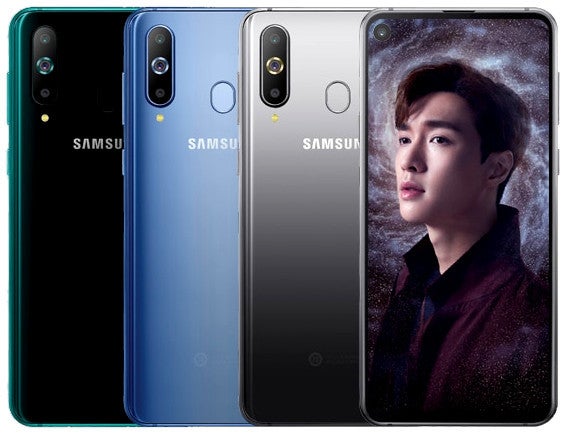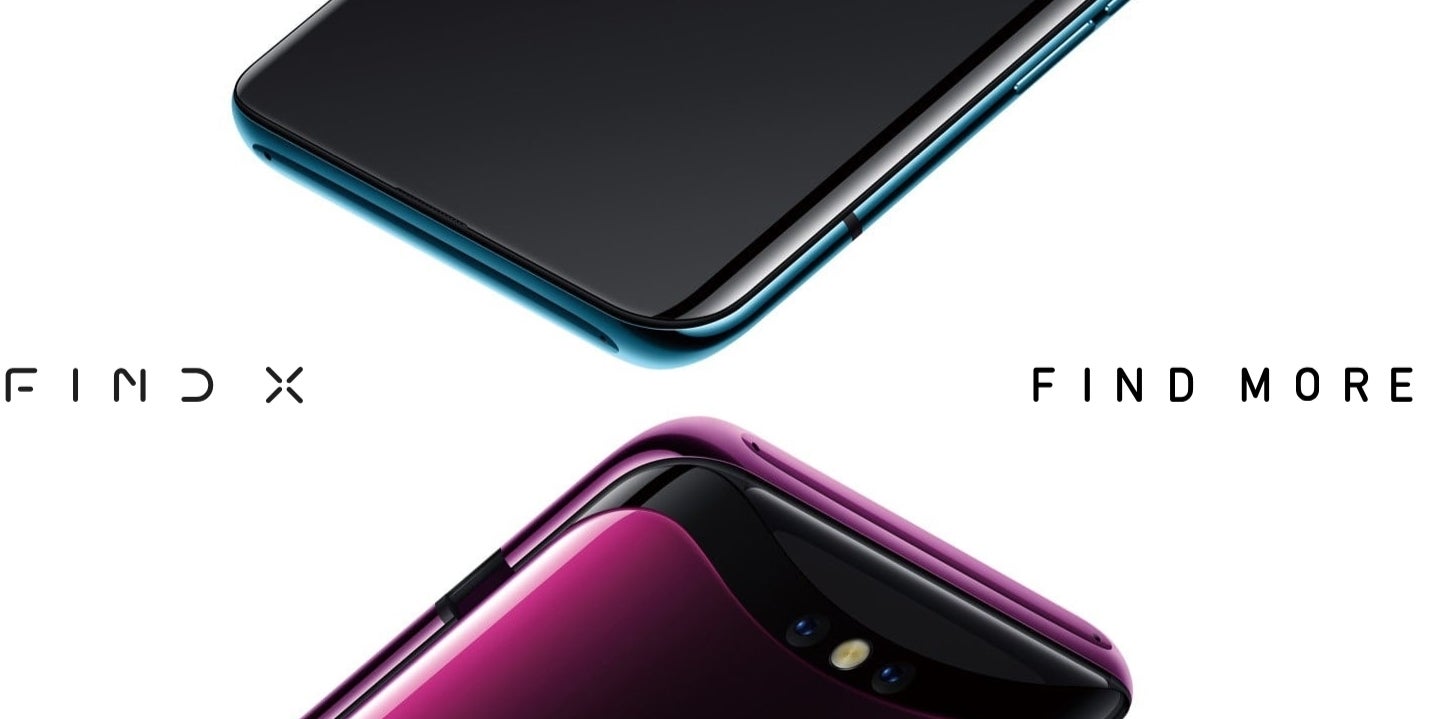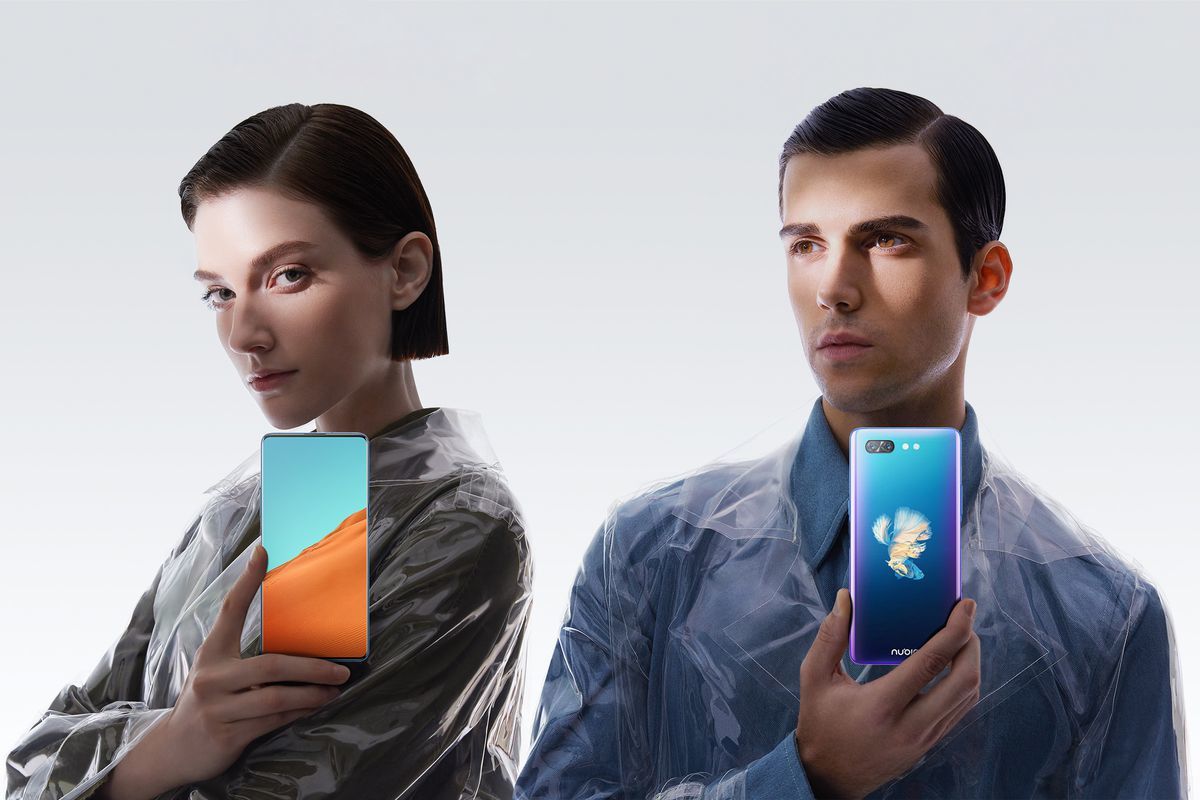Hole in display all the way! Infinity-O is your favorite new 'all-screen' design (results)
The 2018 roster is drawing to a close, and ever since the Galaxy S9 managed to crack the 80% screen-to-body ratio barrier without a notch, we've had phones that are pushing even higher. Manufacturers went as far as adding a second screen, sliding design, or piercing a hole directly into the screens. That is why we asked you to vote for your favorite 2018 "all-screen" design last week, and, surprisingly enough, the less-than-gentle Galaxy A8s piercing won the accolades with nearly 30% of our 3041 respondents.
It's followed by the gentle "waterdrop notch" approach with 822 votes, while sliders and dual-screen phones are next in line. Samsung may be on to something here with the Galaxy S10, as its OLED display tech will allow the manufacturer to make an exquisitely small front camera opening, looking much more elegant than what we have on LCD phones like the A8s or the newly-announced Nova 4.
Last year went under the auspices of the Notch Almighty, but in 2018 phone makers strayed far away from the beaten path leaving us with real handsets you can touch and buy that are indeed "all-screen" at the front.
Selfie in the hole, or Samsung Galaxy A8s
Samsung introduced the Infinity-O display as a twinkle in its designer team's eyes not long ago, but, lo and behold, we present you the Galaxy A8s. While inconspicuously named, this is the first handset announced with a front camera pierced directly into the display, the so-called Hole-in-Active-Area technology.

The "dewdrop"
Some call it waterdrop, Huawei chimes in with a "dewdrop" moniker, and some like it hot. We kid, but the so-called "waterdrop" notch that only encompasses a small selfie camera is very close to what Sharp and the Essential Phone introduced last year, just with a bit wider bezel protrusion in the base.
Still, it is veritable new design when it comes to the notch shape and that is why it's included in the list. With it, the Mate 20, for instance, manages to hit a record 87.98% screen-to-by ratio without resorting to extra sliding or popping mechanism.
Moreover, the waterdrop design is less of an eyesore than the wide notches that house all the usual top bezel paraphernalia and is now greatly popularized by the OnePlus 6T on T-Mobile.

Pop-up cameras
Starting with the concept Vivo NEX we previewed way back at the MWC expo in the spring and continuing with the crazy motorized Oppo Find X half-slider, the two conjoined twins of a phone brand push the front camera paraphernalia up only when needed without sliding the whole screen part down.

Return of the Mack - sliders
Oppo started it with the Find X somewhat, while Honor with its Magic 2, as well as Xiaomi with the Mi Mix 3, took it to the extreme. The good ol' sliding design, that is. It hits a very high screen-to-body ratio by separating the screen part from all the other paraphernalia that usually goes into the top bezel.
As you can see demonstrated here, the screen half slides back and forth with a satisfying click to reveal what will likely be 3D-sensing front camera kit for Face ID-style unlocking when you need it, but when it is shut, the phone is indeed "all-screen" at the front.

Dual screen
There have been plenty of "all-screen" phone solutions in the past year or so - notches, sliders, pop-up cameras, and even holes in the display itself aren't now out of the question. All of these are done in the neverending quest to shove the inevitable front camera setup somewhere in order to trim the bezel it used to occupy. None of these design options is as crazy as circumventing the need for a front camera altogether by providing a second display on the back.
Enter Nubia, an offshoot brand of ZTE. It has been having some pretty wild ideas about the future of the cell phone form factor. At the MWC expo, we previewed the Nubia Alpha, a handset that wraps around your wrist, but it's a concept that went from the design gurus to the production stage that caught our attention recently, the X.
At the front, the Nubia X looks like your regular giant 2018 phone with a 6.3" LCD panel (not a notch in sight, though), but you might get startled to turn it over and find a smaller, 5.1" OLED panel on the back. With it, you can snap selfies with the higher quality rear camera which has allowed Nubia to skip the front unit and achieve an incredibly thin top bezel.
Enter Nubia, an offshoot brand of ZTE. It has been having some pretty wild ideas about the future of the cell phone form factor. At the MWC expo, we previewed the Nubia Alpha, a handset that wraps around your wrist, but it's a concept that went from the design gurus to the production stage that caught our attention recently, the X.














Things that are NOT allowed: